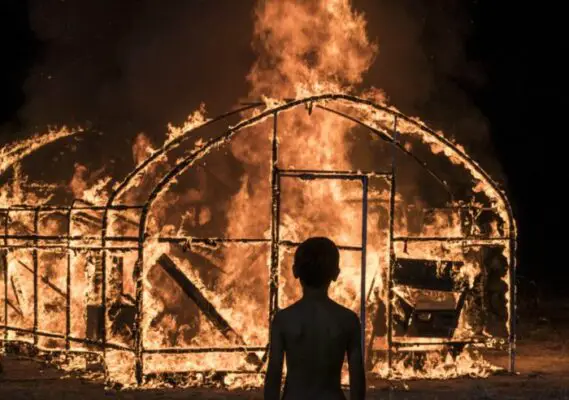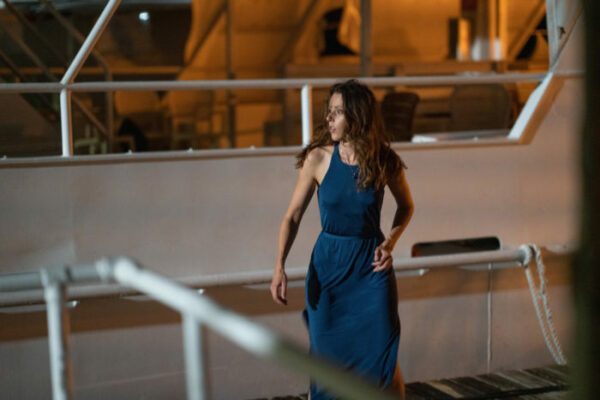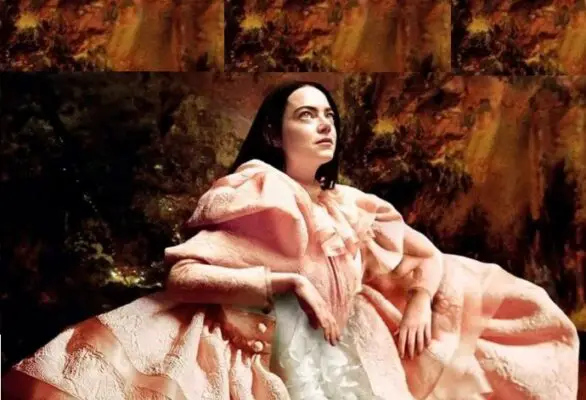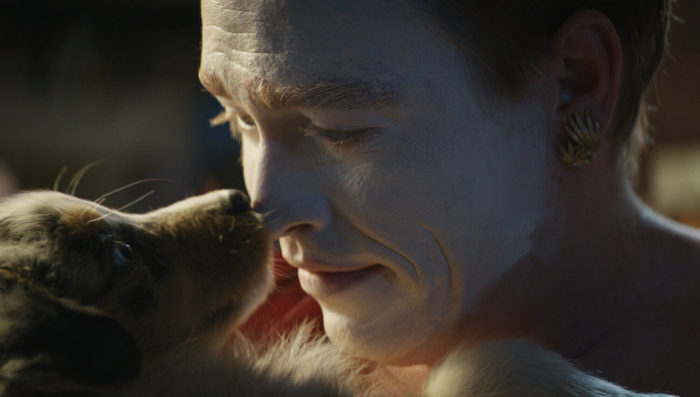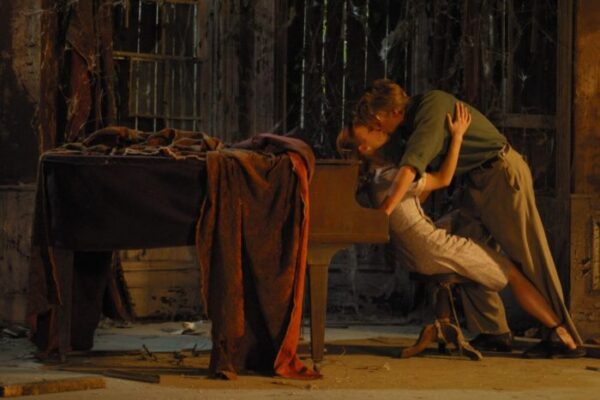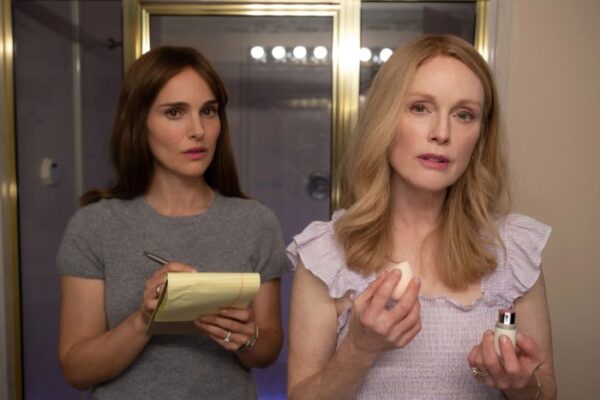The adventures of King Arthur’s nephew, about which D. Lowry made a full-length film in 2020, were originally set out in an Old English poem about Sir Gawain and the Green Knight. This legend, in comparison with others from the Arthurian cycle, contains a huge number of metaphors and symbols. As soon as the work of an unknown author of the 14th century in England was translated by J. Tolkien into modern language, it began to arouse interest from theatrical directors. The ability to ambiguously interpret what was written attracted filmmakers to the poem. Classic film adaptations were released in 1973 and 1984. Decades later, Lowry’s attempt to bring the story to the modern audience in his own way, has become an adventure and fantasy film with a certain moralistic bias.
Those who are familiar with the literary source need not analyze why the film adaptation bears no resemblance to the original medieval tale. The creators did it intentionally, taking as a basis only the outline of the plot. Instead of the “campaign for honor” of the Knight from Camelot, we have before us reflections on the meaning of life. About what it means to be a real knight, a true Christian. The main theme touched upon in the film concerns the responsibility of each person for their deeds. The problems of choice and the need to make decisions are raised, on which the further course of events and, ultimately, one’s own destiny depends. As a symbol of this – a crossroads, constantly encountered by Gawain on the way to the Green Knight’s castle.
Another author’s message in the film should be considered in a general philosophical sense: each person has his own life path. No one, except him, will be able to pass it (as they say, it is written in the family). And by the end of life, you need to come to terms with the impending death (nothing lasts forever under the moon). As a symbol of the fact that the departed person continues in his children – a girl in a crown, who appears in the post-credits frames.
Gawain’s journey, in which he goes through numerous trials and obstacles (giants, bandits, the soothsayer Winifred, the riddle of Lord Bertilak and the spell of his wife) symbolizes the process of a person’s personal growth. This is the path of self-knowledge and spiritual improvement, when obstacles and difficulties form a self-confident, strong-willed personality. In the course of events, the mischievous and loser Gawain, one by one, loses all the tests for the five knightly virtues (generosity, honesty, courage, chastity, ambition). However, the ending of the picture presents the viewer with another hero: a knight “without fear and reproach.” He becomes a model of valor and courage and does the deed that he must do.
Equipped for the perilous quest by his mother, Morgan the Fairy, a charmed green belt, Gawain could be invincible. But having entered the final duel with the Green Knight, he takes off the magic amulet. In a fair fight, the Knight of Camelot takes a mortal blow from his opponent with a sword: “off with your head”. The creators of The Legend of the Green Knight deliberately changed the ending written in the Old English poem. There, Gawain, in the battle with the Green Knight, does not remove the garter-amulet and remains alive. Having never performed a glorious deed confirming his knightly status, he returns unharmed to Camelot. But he receives a “lesson of shame” for the rest of his life. King Arthur tells his nephew to keep his green belt. And always wear it as a reminder of cowardice, dishonor, selfishness, misbehavior.
Do you know that:
Green is commonly associated with vegetation, youth and life. But there is also negative symbolism: decay, decay, decay, longing, the horror of death. The meaning comes from the color of rotting organic matter (mold), mythological animals (serpents, dragons) and mysterious forest dwellers (satirs, goblin, forest kings). Green knight is a real title in England (one of three hereditary knights, along with white and black), which originated in the 13th century and still exists.
